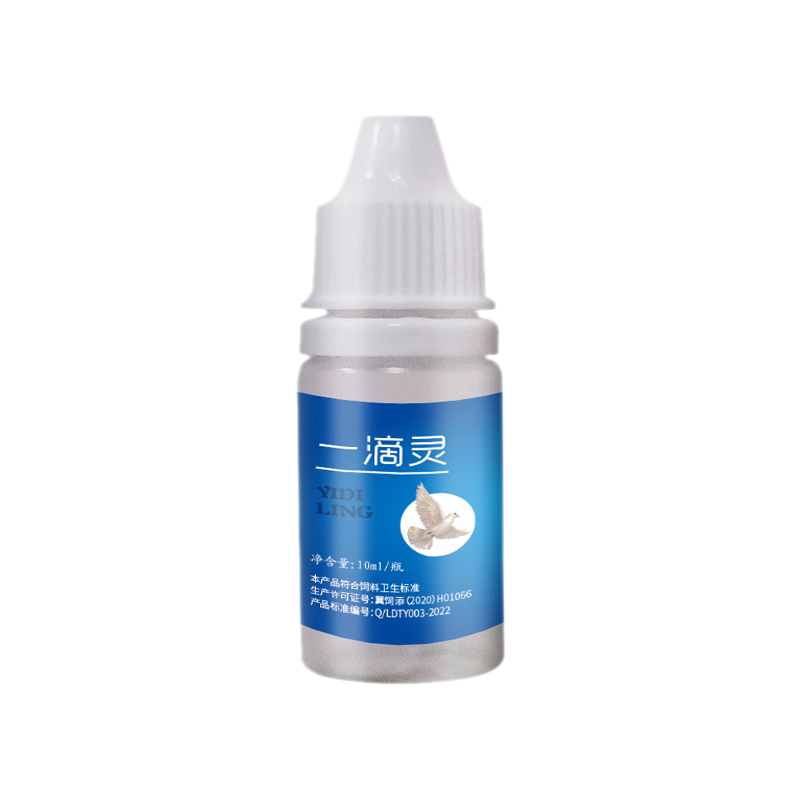
Nov . 09, 2024 07:06 Back to list
Understanding the Impact of Osteoporosis on Bone Health and Prevention Strategies
Understanding Osteoporosis A Silent Epidemic
Osteoporosis is a medical condition characterized by the weakening of bones, making them more susceptible to fractures. Often referred to as a silent epidemic, osteoporosis can progress unnoticed until a fracture occurs. This condition affects millions of people globally, particularly older adults, and is more common in women, especially postmenopausal women due to hormonal changes that affect bone density.
Bone is a dynamic tissue, constantly being remodeled through the processes of bone formation and resorption. In osteoporosis, the balance between these two processes is disrupted, leading to a decrease in bone density. Factors contributing to this condition include genetics, age, hormonal changes, nutritional deficiencies, and lifestyle choices.
Risk Factors for Osteoporosis
Several risk factors can increase the likelihood of developing osteoporosis. Age is a significant factor; as individuals age, bone mass tends to decrease. Hormonal changes, especially in women after menopause, play a crucial role in the development of osteoporosis. The drop in estrogen levels leads to increased bone resorption, accelerating bone loss.
Genetics also contribute significantly to osteoporosis risk. A family history of the condition can indicate a higher likelihood of developing it. Lifestyle choices, such as lack of physical activity, excessive alcohol consumption, and smoking, can further exacerbate these risks. Additionally, nutritional deficiencies, particularly in calcium and vitamin D, impede bone health. Calcium is essential for bone formation, while vitamin D facilitates calcium absorption.
Symptoms and Diagnosis
osteoporosis

Osteoporosis is often termed a silent disease since it usually does not exhibit symptoms until a fracture occurs, commonly in the hip, spine, or wrist. Other signs may include bone pain, a stooped posture, or a loss of height. Once a fracture occurs, it can lead to severe physical limitations and decreased quality of life.
Diagnosis typically involves bone mineral density (BMD) testing, which measures the amount of calcium and other minerals in the bones. The most commonly used test is dual-energy X-ray absorptiometry (DEXA), which can help assess bone density and determine the risk of fractures. The World Health Organization (WHO) classifies bone density scores into categories that help indicate whether someone has normal bone density, osteopenia (low bone density), or osteoporosis.
Prevention and Treatment
Preventing osteoporosis involves a multi-faceted approach, encompassing lifestyle modifications, dietary changes, and sometimes medication. A balanced diet rich in calcium and vitamin D is vital for maintaining bone health. Incorporating weight-bearing exercises, such as walking, jogging, and strength training, can improve bone density and overall strength.
For individuals diagnosed with osteoporosis, various treatment options are available. Medications, such as bisphosphonates, hormonal therapy, and newer treatments like monoclonal antibodies, can help slow bone loss and reduce the risk of fractures. Regular monitoring of bone density and follow-up with healthcare providers is crucial for effective management.
Conclusion
Osteoporosis is a significant public health concern that requires awareness, education, and proactive measures. Understanding the risk factors and implementing preventive strategies can significantly diminish the impact of this silent disease. By fostering a bone-healthy lifestyle and seeking appropriate medical care when necessary, individuals can protect their bone health and enhance their quality of life as they age. The importance of early intervention and education cannot be overstated; as the population continues to age, tackling osteoporosis will become increasingly essential for maintaining healthy and active lives.
-
Quality Bacillus Coagulans BC30 Factory - Expert Production
NewsAug.02,2025
-
China Salivation AI with GPT-4 Turbo Features
NewsAug.01,2025
-
Epic Sepsis Factories: AI-Driven Detection with GPT-4 Turbo
NewsJul.31,2025
-
Acute Salpingitis and Oophoritis AI Factory
NewsJul.31,2025
-
Premium China Bacillus Subtilis Supplier & Factory Solutions
NewsJul.30,2025
-
Premium Avermectin Supplier in China | Custom Solutions Available
NewsJul.29,2025




